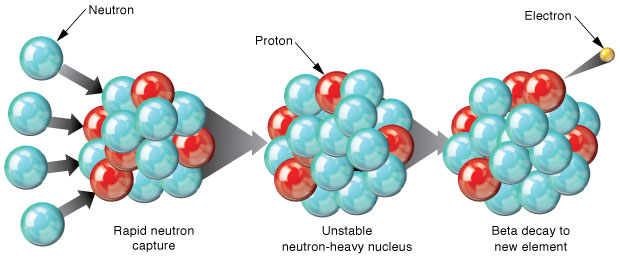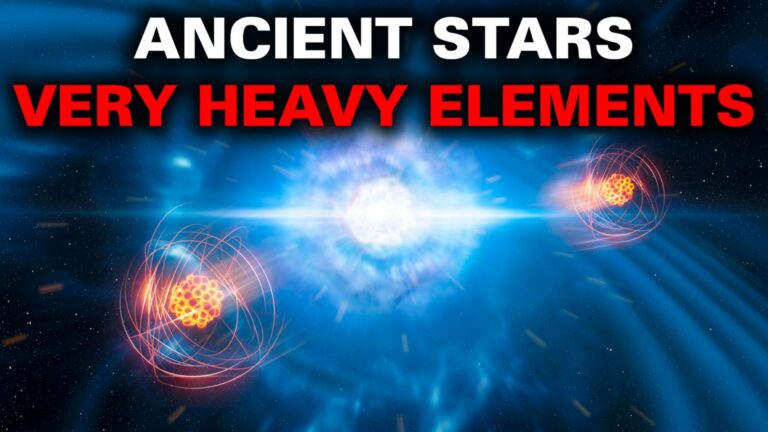“Ancient Stars Have the Potential to Generate Elements Possessing Over 260 Protons”
The inaugural stars in the Universe were colossal entities, reaching up to 300 times the mass of the Sun and composed solely of hydrogen and helium. Within these ancient giants, the genesis of heavier elements took place, and upon the culmination of their brief existence, these elements were dispersed into the cosmos.
These primordial stars laid the foundation for the creation of all the stars and planets visible today. A recent study proposes that these ancient stellar ancestors were not only responsible for the production of natural elements but also for the generation of elements surpassing 260 protons. With the exception of hydrogen, helium, and a handful of light elements, every atom in our surroundings originated through astrophysical phenomena, including supernovae, neutron star collisions, and high-energy particle collisions.
These processes collectively forged heavier elements, extending up to Uranium-238, the heaviest naturally occurring element. Supernova and neutron star collisions create Uranium through the r-process, a complex mechanism wherein neutrons rapidly amalgamate with atomic nuclei to form a heavier element. Despite the progress made in understanding the r-process, numerous uncertainties persist regarding its intricacies and its upper mass limit. The recent study suggests that in the earliest stars, the r-process might have given rise to elements with atomic masses surpassing 260, introducing a novel perspective on the potential outcomes of this intricate astrophysical process.

The research team examined 42 stars in the Milky Way, thoroughly understanding their elemental composition. Instead of merely identifying the presence of heavier elements, they scrutinized the relative abundance of elements across all the stars. The investigation revealed disparities in the abundance of certain elements, such as silver and rhodium, when compared to the predicted abundance from established r-process nucleosynthesis.
The data indicates that these elements are remnants of the decay process originating from much more massive nuclei, surpassing 260 atomic mass units. While there are two alternative methods to generate heavy atomic nuclei—the p-process, involving neutron-rich nuclei capturing protons, and the s-process, where a seed nucleus captures a neutron—neither can facilitate the rapid mass accumulation required for elements beyond uranium. The hypermassive first-generation stars, hosting r-process nucleosynthesis, appear to be the exclusive environment capable of producing elements well beyond uranium.
Therefore, the study postulates that the r-process could indeed generate elements extending beyond uranium, likely occurring within the initial stars of the Universe. Unless there exists an island of stability for some of these ultra-heavy elements, they would have undergone substantial decay over time, contributing to the natural elements observable today. Nevertheless, the historical presence of these elements provides valuable insights for scientists seeking to comprehend the r-process and its limitations.
This article is republished from Universe today under a Creative Commons license. Read the original article.
Do not forget to share your opinion with us to provide you with the best posts !





0 Comments